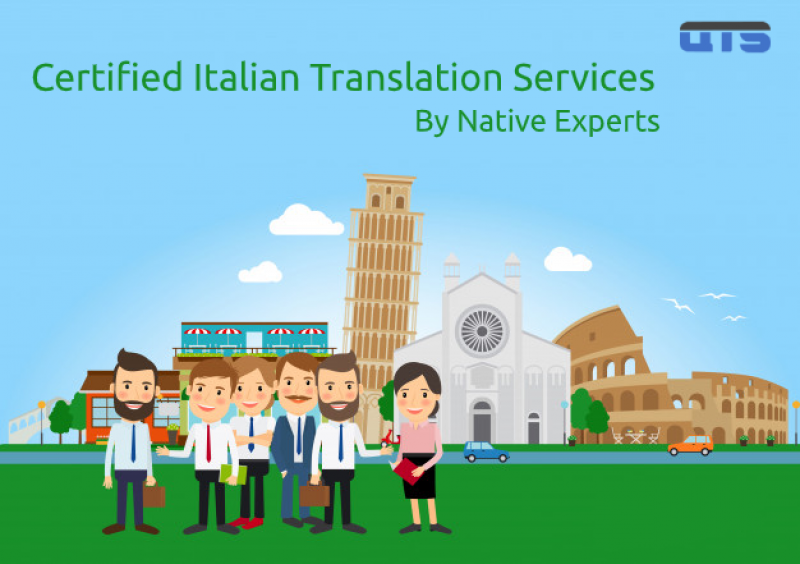First, A little background on the Italian language– 90 million people around the world speak Italian. It is an official language of the EU, thus it is also a language of diplomatic consequences. Italian with its charm and ties to massive multinational corporations, Italian offers huge prospects for the world heading towards globalization. Herein lies the role of Italian translation services – providing accurate translation for your businesses. Accurate translation is a necessity during the process of localization. However, Italian offers many nuances and can be a difficult language to translate. This article delineates such nuances to help achieve accurate translation.
Italian and English Translation – The Difficulty
Deceitfully similar
The writing system for both English and Italian stems from Latin. However, this similarity makes translation from one language to another more onerous. For example, “Libreria” might be mistranslated to Library; when it refers to a bookstore in Italian. Similarly, “Fabbrica” doesn’t refer to a piece of fabric in Italian. It refers to a factory.
There is a running joke in Italian – An English guy goes to an Italian jam shop and asks for a preservativo (condom). The anecdote might be lousy but does a good job of highlighting the issue during translation of Italian to English.
Semantics
Semantics offers a peculiar difficulty during translation. For example, only an Italian person will realize how non-Italian speakers would translate “È Tutto Pepe!” Semantics is a way of expressing thoughts, and consequence. An accurate translation can serve to deliver an accurate message. “Problems of Verse Translation From Italian into English: An Interview with Joseph Tusiani” does a good job of highlighting the semantics that goes amiss during translation.
Colloquial expressions
Another point of worry for a beginner interpreter can come from colloquial jargon. Italian specific jargon like “Lumaconi” or “Pippete” might confuse a non-foodie translator. Colloquial terms and jargon require memorization and experience; however, things have been made convenient with the internet.
Grammar
The different origin of English and Italian language leads to differences in grammatical structure. As such a translator always should be alert of some of the following grammatical instances:
-
Syntax: Both English and Italian use subject-verb-object in a syntactical sense. However, Italian provides numerous forbearances in this rule.
-
Gender: English nouns are gender-neutral while Italian nouns are gendered.
-
Adjectives: Italian adjectives alter with gender while English adjectives do not change. Also, Italian adjectives are placed after the noun while in English it is placed after.
-
Verbs: In English, there are 12 tenses of a verb, however, in Italian there are 5 tenses. Italian people say “Io Canto, Voi Cantate, Lei Canta, Noi Cantiamo” which translates to “I sing, you sing, she sings, we sing”.
The Solution: Online Italian Translation Services
-
Native experts: Translation through native experts offers accuracy. English to Italian translation services and Italian to English translation services, uses Italian experts and English experts respectively to provide an accurate translation.
-
Accuracy: Besides native linguists, Italian document translation services, also employ specialist translators that help in improving the accuracy of documents. Italian legal translation services provide legal translators and various other expert professional translators to fulfill your translation needs.
-
Certificate of accuracy: Certified Italian translation services provide a certificate to go along with every translation. Italian to English document translation services ensure problems present during the visa or citizenship application process becomes non-existent.
